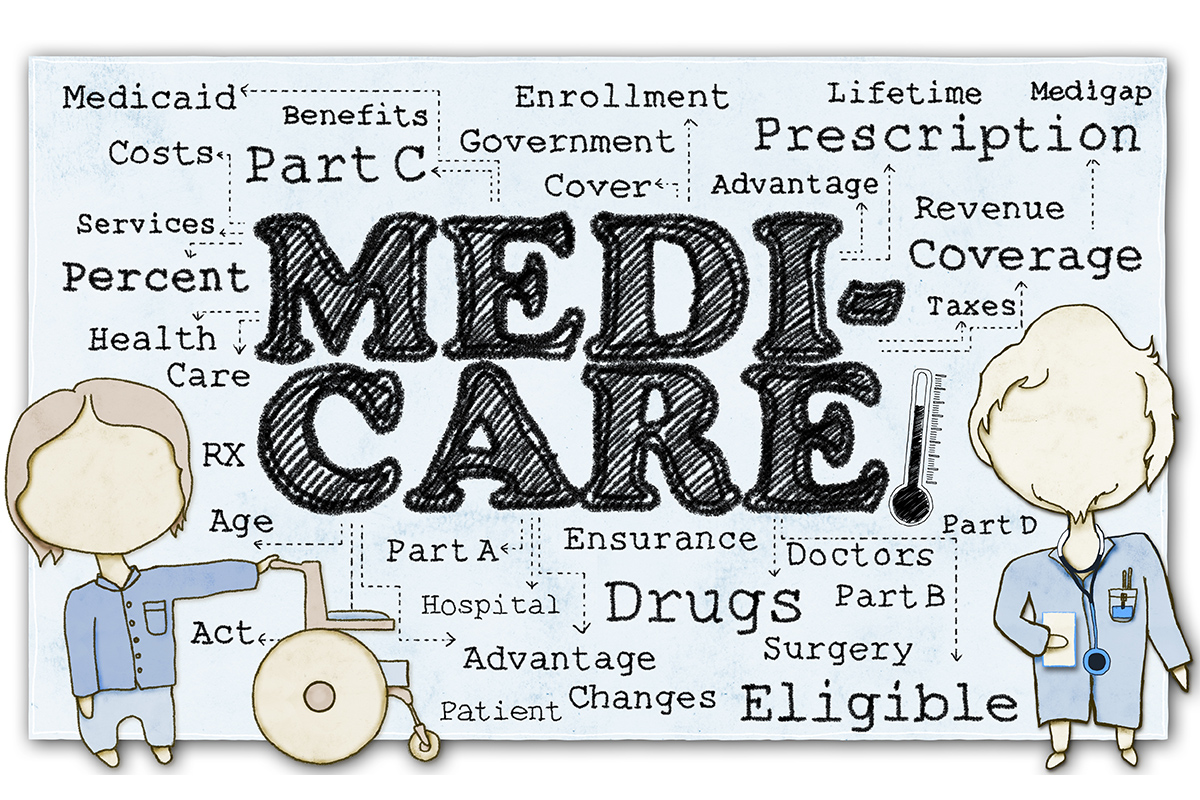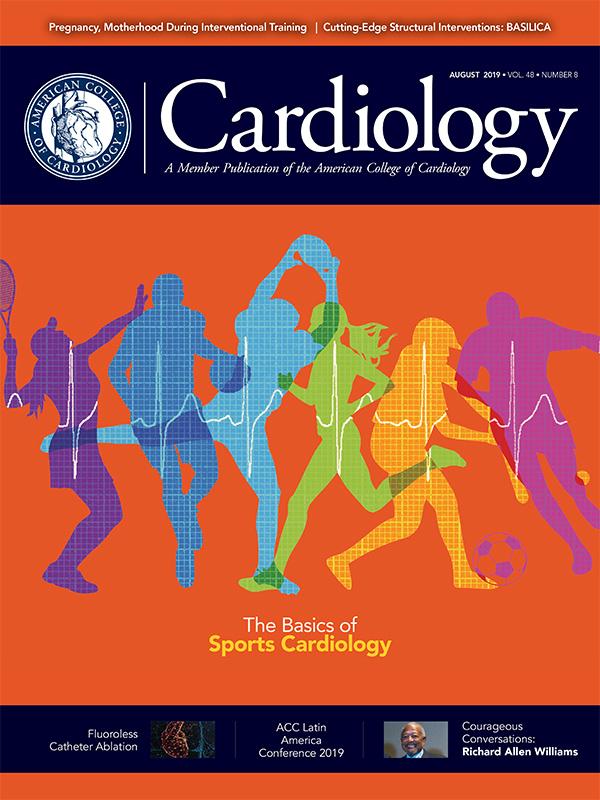Heart of Health Policy | CMS Releases Proposed 2020 Medicare PFS, QPP

On July 29, the Centers for Medicare and Medicaid Services (CMS) released the proposed 2020 Medicare Physician Fee Schedule (PFS), addressing Medicare payment and quality provisions for physicians in 2020.
Under the proposal, physicians will see a virtually flat conversion factor on Jan. 1, 2020, going from $36.04 to $36.09. CMS estimates that the physician rule will increase payments to cardiologists by three percent from 2019 to 2020 through updates to work, practice expense and malpractice RVUs.
This estimate is based on the entire cardiology profession and can vary widely depending on the mix of services provided in a practice.
The proposed rule also includes updates to the Quality Payment Program (QPP) for the 2020 performance period. Highlights from the proposed rule include:
Physician Fee Schedule
- After proposed changes to evaluation and management (E/M) payment were both altered and/or delayed until 2021 in the 2019 Medicare PFS, CMS proposes additional revisions to E/M documentation and payment policies.
- CMS proposes no changes regarding implementation of the new federal program starting Jan. 1, 2020 requiring clinicians to consult appropriate use criteria through a qualified clinical decision support mechanism (CDSM), when ordering advanced imaging services (i.e., SPECT/PET MPI, CT and MR).
- A request for information regarding changes that could be made to the Stark Law advisory opinion process.
- Updates to work and/or practice expense values for codes describing transcatheter aortic valve replacement (TAVR), remote loop recorder interrogation and remote cardiac monitor interrogation, noncoronary IVUS, and abdominal aortography. More detail will be available after CMS posts supporting data tables.
- Proposed work and or practice expense values for new/revised codes describing self-measured blood pressure monitoring, ambulatory blood pressure monitoring, remote physiologic monitoring, pericardiocentesis and pericardial drainage, myocardial strain imaging, and myocardial PET.
Coming to the ACC's 2019 Legislative Conference?
Don't miss a focused educational session on Monday, Nov. 4 led by ACC Advocacy staff. The session will offer a deep-dive into the 2020 Physician Fee Schedule and what you need to know about the Quality Payment Program. Registration is open now!
2020 QPP Highlights
- Increase in the performance threshold from 30 points in 2019 to 45 points in 2020, and 60 points in 2021.
- Additional increase for exceptional performance to 80 points in 2020 and to 85 points in 2021.
- Revision of the performance category weights for Quality to 40 percent in 2020, 35 percent in 2021, and 30 percent in 2022 performance year.
- Increase in cost performance category for cost to 20 percent in 2020, 25 percent in 2021, and 30 percent in 2022 performance year.
- Revision of the specifications for the Total Per Capita Cost and Medicare Spending Per Beneficiary Clinician measures (adding 10 new episode-based measures).
- Maintaining Promoting Interoperability and Improvement Activities at 25 percent and 15 percent, respectively.
- Maintaining performance-based scoring on individual measures under Promoting Interoperability performance category.
- Increase in the data completeness threshold for the quality data that clinicians submit.
- Increase in the threshold for clinicians who complete or participate in the Improvement Activity for group reporting.
- Updates to requirements for Qualified Clinical Data Registry (QCDR) measures and the services that third-party intermediaries must provide (beginning with the 2021 performance period).
- Application of a new Merit-Based Incentive Payment System (MIPS) Value Pathways (MVPs) framework to future proposals beginning with the 2021 MIPS Performance Year. MVPs would use sets of 106 measures and activities that incorporate a foundation of promoting interoperability and administrative claims-based population health measures and layered with specialty/condition specific clinical quality measures to create both more uniformity and simplicity in measure reporting.
- Maintaining low-volume threshold, eligible clinician types, MIPS performance periods, CEHRT requirements, and small practice bonus points.
ACC staff are reviewing the proposed rule to identify additional topics of interest to members and will submit formal comments to CMS in the coming weeks. The final rule is expected this fall.
Clinical Topics: Cardiac Surgery, Invasive Cardiovascular Angiography and Intervention, Noninvasive Imaging, Pericardial Disease, Interventions and Imaging, Angiography, Computed Tomography, Nuclear Imaging
Keywords: ACC Publications, Cardiology Magazine, Health Policy, Blood Pressure Monitoring, Ambulatory, Centers for Medicare and Medicaid Services, U.S., Transcatheter Aortic Valve Replacement, Blood Pressure, Decision Support Systems, Clinical, Pericardiocentesis, Motivation, Aortography, Medicaid, Medicare, Fee Schedules, Tomography, Emission-Computed, Single-Photon, Malpractice, Registries, Documentation
< Back to Listings


